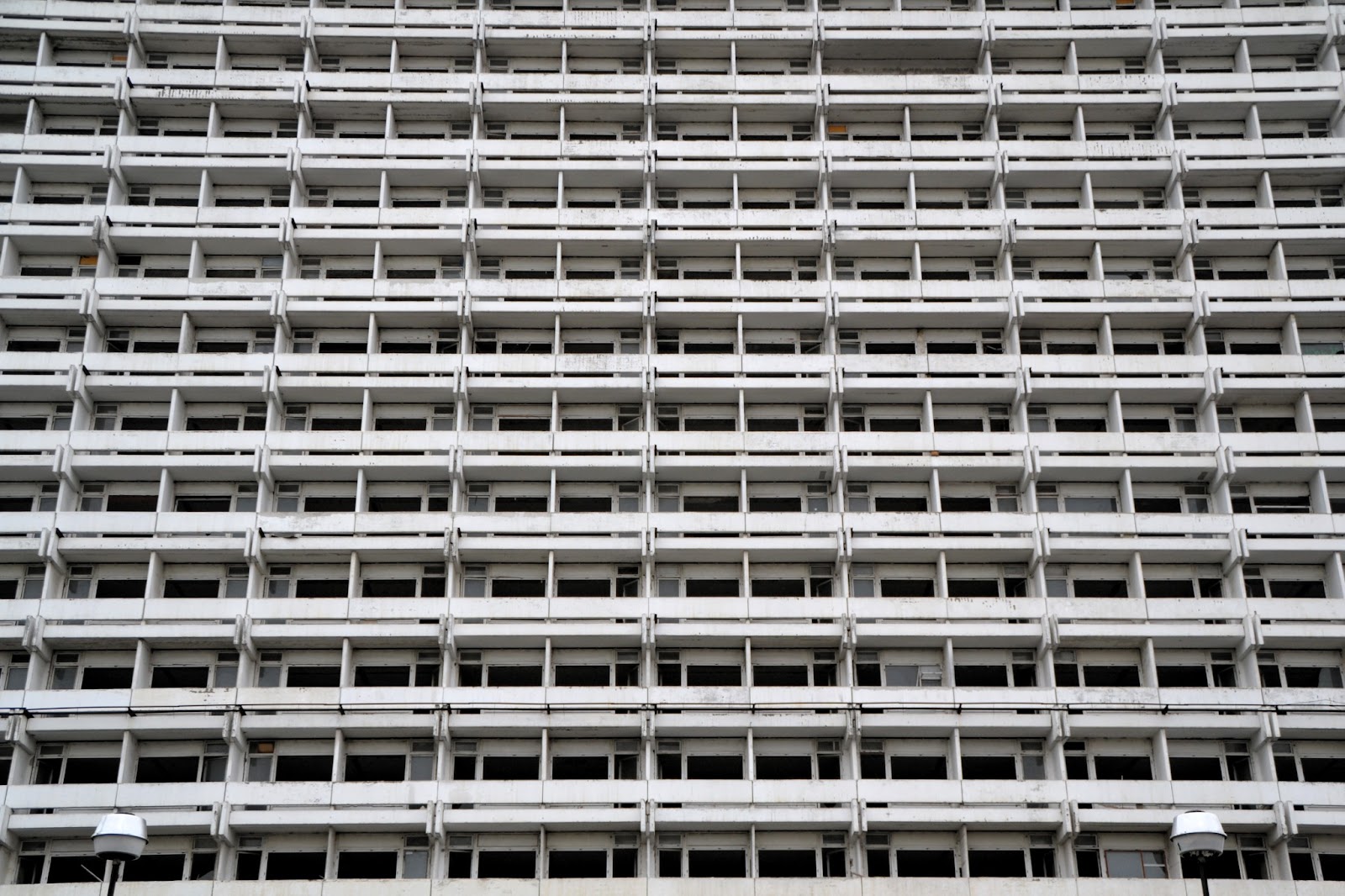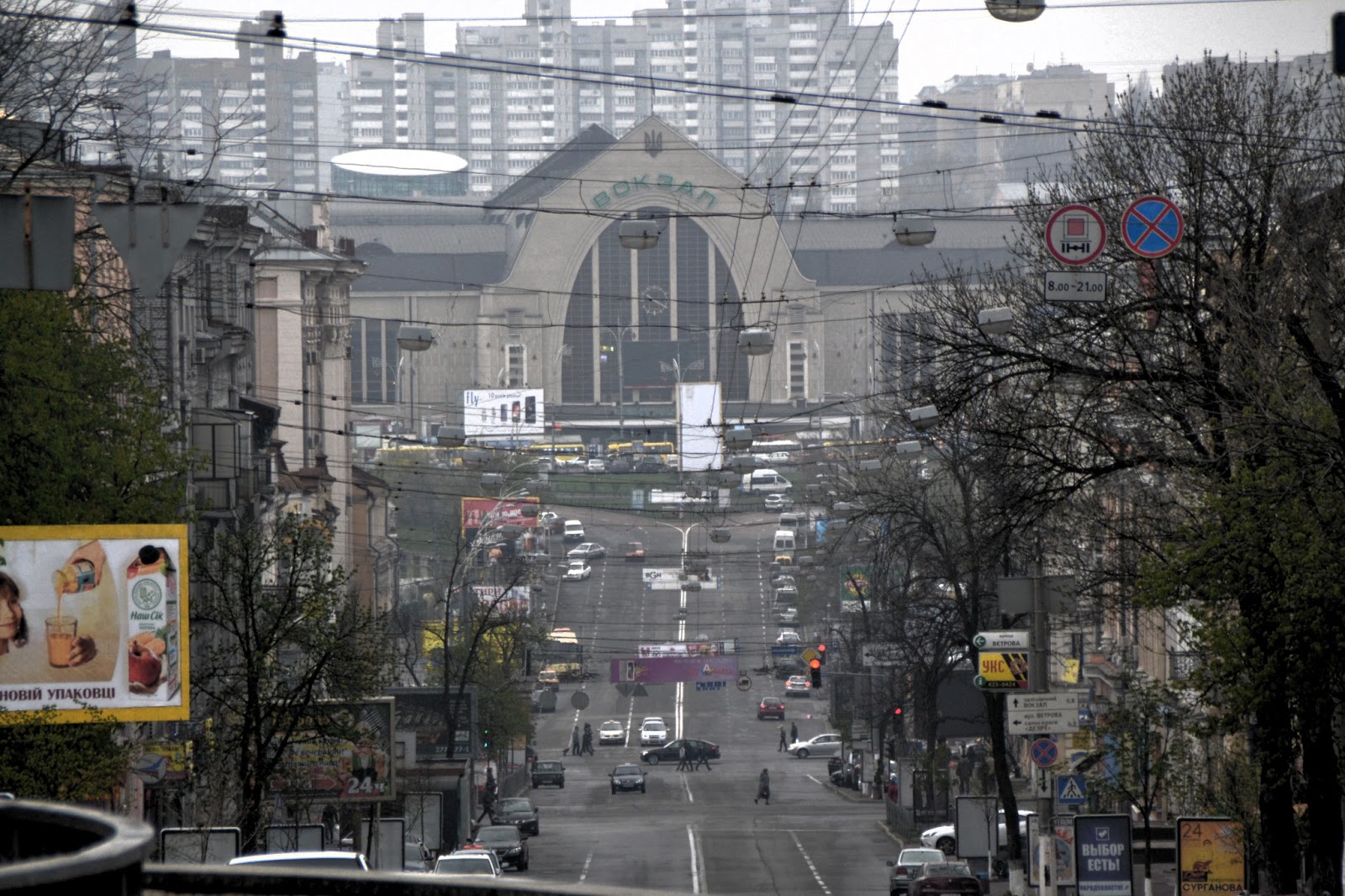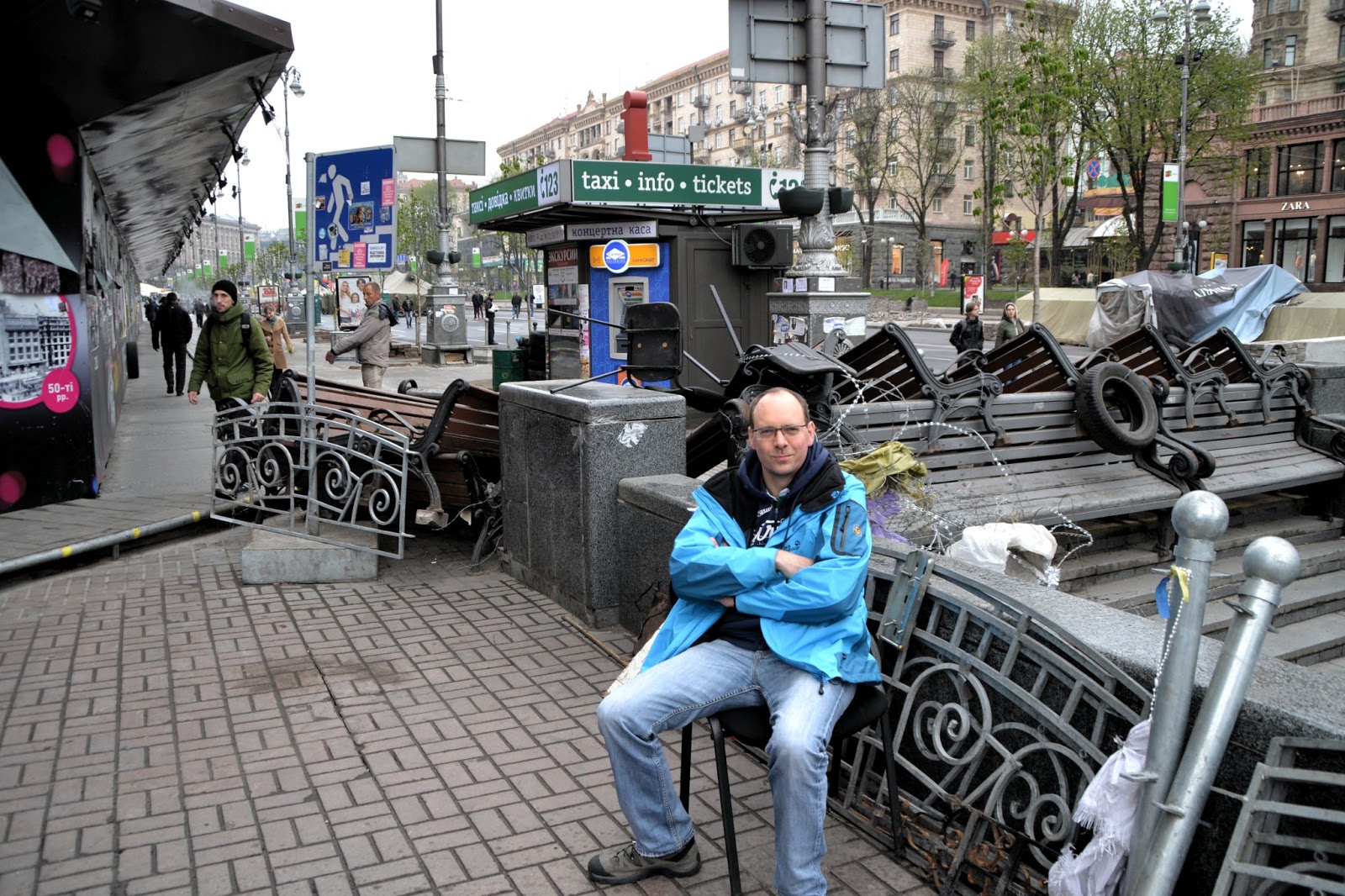The main purpose of this trip was to experience the famous 3TE10 trains and derivatives. Any fan of Russian diesel trains appreciate its distinct sound, though it is not up to date with respect to the European emission standards:
My travel companion Gilbère recommended a special route, which goes straight trough Moldova, 10 hours of train ride for less than 300 km. Yes, this is going to be a very slow ride.
Again, as usual with the travels which Gilbère books, some dramatic accident happenes quite closely to our trip. In this case this particular train derailed and crashed into a freight train a few weeks after we took it.
| From Reuters. |
So, at 1:30 in the morning we were waiting at the railway station at Kiev. We had a shared compartment for four people and no idea who the other two would be. Looking around me at the platform, I mostly saw various versions of dodgy training suit wearing youngsters, ceaselessly spitting on the ground, I feared the worst.
Things turned out very positive though, a very nice Moldovan couple from Israel were our companions. The guy immediately offered us vodka and bread with cold meat. After a few shots, the mood was better and the lady told him off to keep it low.
After a nice sleep-in there was breakfast:
In the morning, we were also approaching the Moldovan border, and officers with very cute looking dogs entered the coach.
As an officer I would really feel my authority compromised by all the passengers addressing the cute dogs.
We crossed the Dniestr river, which separates Ukraine from Moldova. Housing and villages looked more shabby in Moldova I must admit. Ukraine seems to be better off.
 |
| Dniestr river. |
This was also when the electrification of the tracks stopped, and a 2TE10 was pulling us across the country side. Beautful!
Unfortunately windows could not be opened, except for the one in the toilet, where I could stick out a hand to capture this scenery.
 |
| 2 or 3TE10 pulling us uphill. |
At a first stop in Ocniţa, I tried to blend in with the locals, meaning wearing plastic slippers, unfortunately I did not bring a training-suit.
 |
| "Technical stop" (Yes, those slippers are intentional.) |
A scent of coal hangs in the air, since the coaches are all coal fired.
 |
| Coal furnace for the coach. |
During the stop, babushkas try to sell their goods. In particular suspect where the shrimps, far away from any natural sources.
 |
| Shrimps, anyone? |
Scenery was epic, though. A bit fantasy like, possibly close to Ungheni, the mountains at the horizon is possibly already Romania.
A stop at the train station of Ungheni was only 300 meters from the Romanian border. I felt tempted to run there, but the stop was too short. Our diesel trains was changed to a 3TE10 but only 2 units. Gilbère notes that Moldovans tend to mix all the train sub-units up.
We will make a decent video of the entire trip later, hopefully.
And the ride goes on and on and on...
And finally in the evening (19:35) we arrived in Chişinău!
Chişinău, possibly the least known capital of all European countries. Gilbère was talking for ages about the blessings of the "Hotel Cosmos". This wonderful marvel of a reminiscent communist era, is a functioning time machine. As soon as you enter the main entrance you are taken 30 years back in time.
An astonishing lift took us to our rooms (checkout Gilbère's Facebook profile for more stunning pictures of the lift at Hotel Cosmos.)
Hallways of Hotel Cosmos could probably provide a suitable location for various gory movies.
 |
| Redrum. Redrum. Redrum. |
During our trip in Ukraine, I noted a systematic absence of toilet paper at most lavatories. Therefore, as a rule, we always kept some rolls with us in stock. Staggering with the superior quality of the rooms, along with the very affordable price tag per night (I somehow suspect a money laundry here), I momentarily abandoned this fundamental law of traveling in eastern Europe.
After checking in and entering my room, I indeed found a very decent toilet, which was a very pleasant surprise. Cheerful and enthusiastic of this marvelous hotel Gilbère has discovered, I found comfort at this wonderful spot to do my serious and urgent business.
Now take a close look at the picture below. What is missing here?
After a proper formulated text message ("Where is the f*cking toilet paper!") Gilbère organised a rescue team which eventually resolved my plight.
But Chişinău is not just Hotel Cosmos, yes it is hard to believe, but another gem is the Hotel Chişinău, located just 100 meters away from the Hotel Cosmos.
 |
| Hotel Chişinău, "Stalin's style hotel". |
You simply got to love their commercial video!
In the opening scene they blatantly boast of being a "Stalin's style hotel" , and the personnel are really making a genuine effort to act natural and make you feel at ease. The movie itself is truly a master piece on multiple levels, a hybrid of Stalin and Gheorghe Zamfir. Highly recommended! Five hammers and sickles!
Watch it and give it thumbs up, they surely deserve it:
Our commie architecture genes were truly pleased when passing by the interesting reminiscences of ancient times.
True Asberger people will notice a little break in the symmetry in the top right, where a barrier between two rooms where removed.
One part of the so called city gates of Chişinău. Concrete on concrete.
 |
| The gate of Chişinău. Or at least one side of it. |
We did not stay long in Chişinău. For dining we highly recommend the "Pegas" restaurant. Excellent!
Not much to tell here, but coming up: Part 3 - Tiraspol, an open air museum for commie lovers!
---






















































